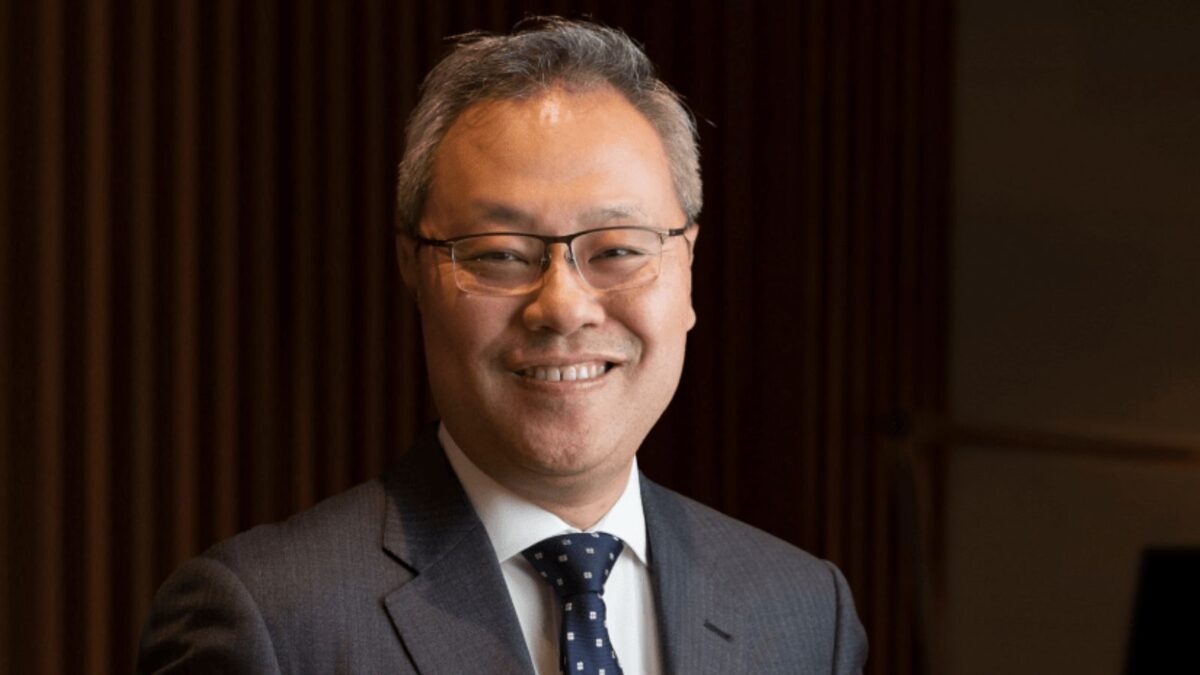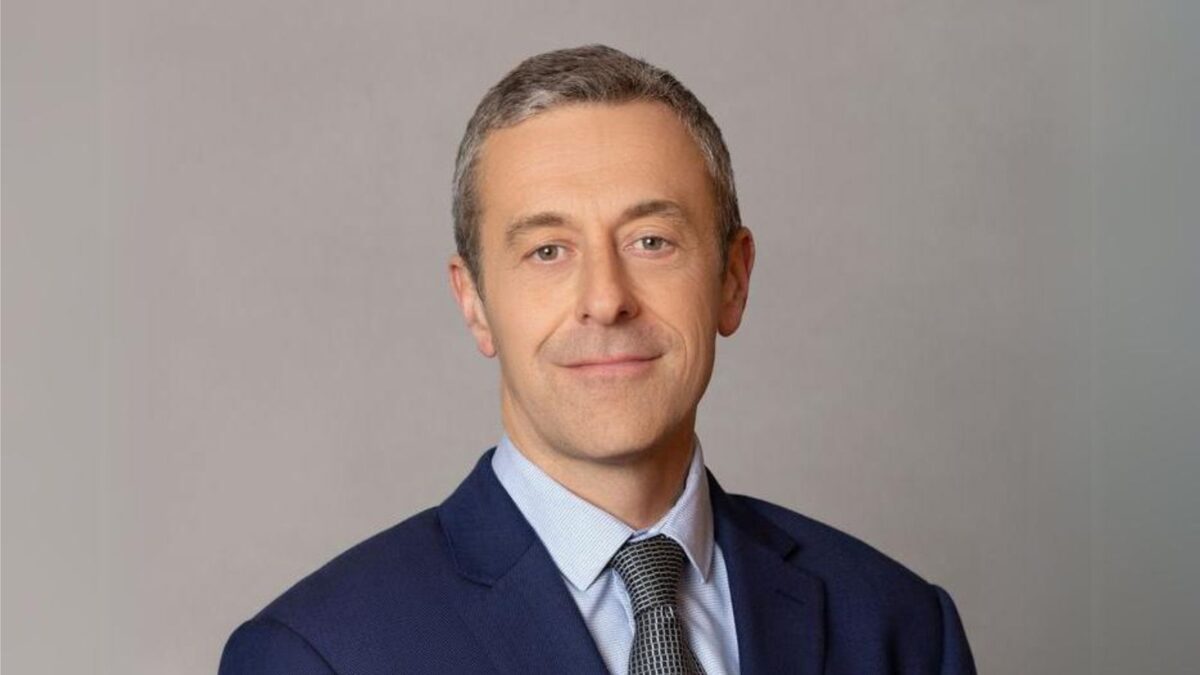ARIEL CIO stirs up active versus passive debate
In almost all markets passive investing has risen exponentially, from a couple of per cent to more than 30 per cent of total equity market shares since 2000. In some cases, such as Australia, regulators have egged investors along the path. But at what cost? Rupal Bhansali joined the debate at a briefing in Sydney last Friday.
Bhansali, the CIO of international and global equities for active manager Ariel Investments in New York, said that with the big geo-political changes that have occurred in the past 12 months the case for active management is more compelling than ever.
Putting aside Brexit and other European trends, just the “Trump agenda” – from foreign policy to US fiscal policy – was reason enough to question passive management.
Speaking at a media briefing, she said key proposals and executive orders in just the last month from the Trump administration, such as changes to ObamaCare, the immigration ban and potential legislation to modify the Dodd-Frank Act, had brought greater uncertainty and volatility for many sectors, countries and asset classes. Active investing tended to do better in choppy markets fraught with ambiguity.
She said: “Passive investors may find they have been penny wise and pound foolish by unduly focusing on low costs at the expense of higher risks. Risks of excessive allocations to passive include liquidity risk, valuation risk and market timing risk.
“I think passive has become a very crowded trade of late. Chasing what is in vogue has never been a successful recipe for securing long-term returns but instead often proves to be a precursor to large losses or underperformance.
“In fact, going passive is an active decision in itself – it assumes active managers continue to underperform passive. But we’d argue that the massive changes afoot in political and economic regimes, from the UK to the US, play into the hands of active managers.”
She pointed out that it was not a choice, but rather an obligation, for all fiduciary investors to look after the best interests of their clients. While an element of passive might be a good thing in certain asset classes and certain markets the best interests of clients might not be served by abdicating all active management.
“Investors should not only consider the costs but also the risks of passive investing,” Bhansali said.









